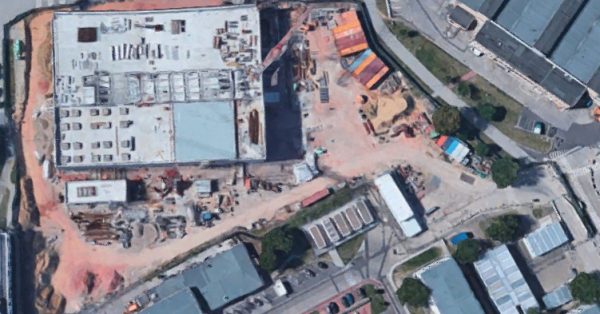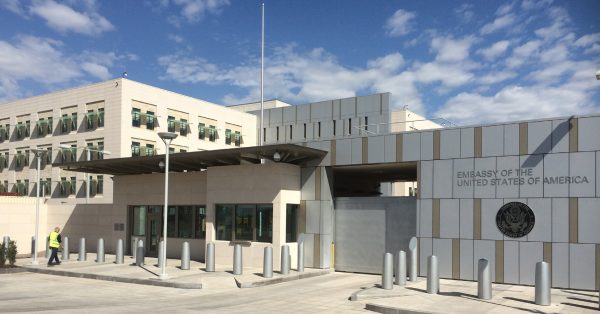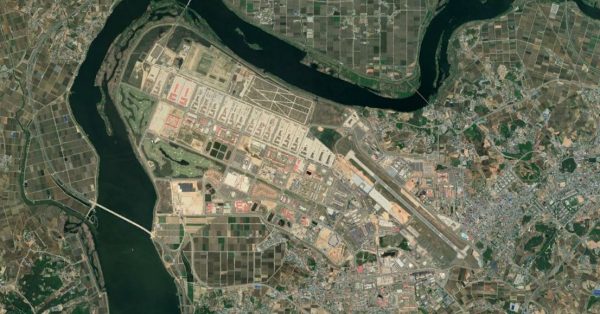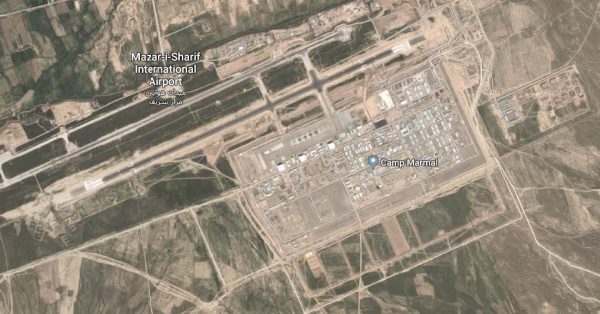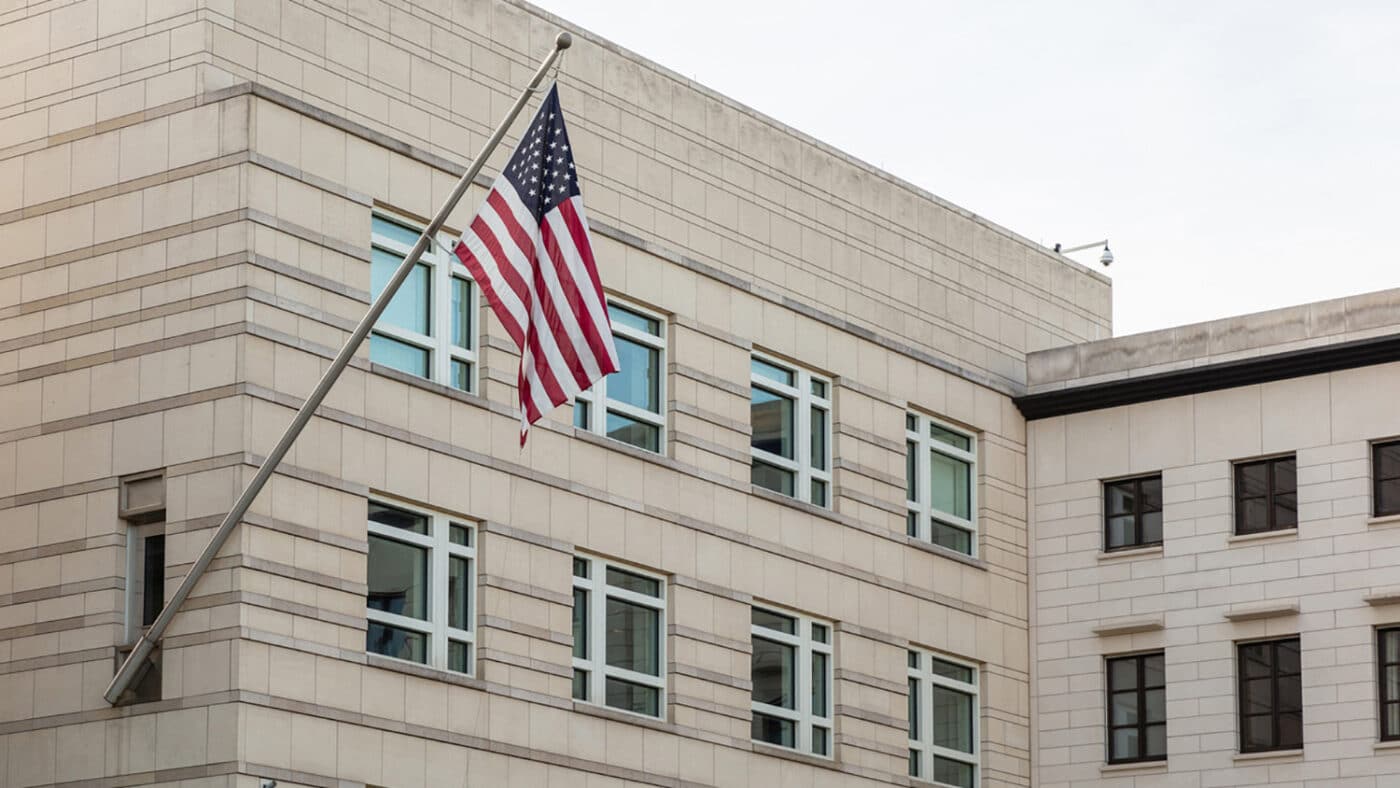Sensitive Compartmented Information Facilities (SCIFs) are designated spaces for secure communications. SCIFs are most frequently required in federal facilities associated with military, diplomacy, and intelligence capabilities. SCIFs are designed to allow transfer of highly sensitive information (verbal, digital, or hard copy) within or between SCIF areas while preventing unauthorized access to or disruption of the information. These areas are characterized by:
- Restricted personnel access
- Acoustic protection
- TEMPEST mitigations
- Intrusion detection
- Access control
- Specialized air control
- Specific criteria for doors and windows
- Communications security measures
As federal projects, SCIF spaces require accreditation, meaning they need to conform to the strict standards governing SCIF requirements. These technical requirements are specified in Intelligence Community Directive (ICD) / Intelligence Community Standard (ICS) 705 and the associated documents referenced therein.
In this post, we examine the requirements and challenges of SCIF construction that are critical for success on SCIF facilities or projects with SCIF space.
Construction Elements of SCIFs
A project with SCIF requirements involves materials, equipment and installation that may not be typical to normal commercial construction. Specialized subcontractors and vendors may be required to furnish and install these features of work.
Some construction elements typically found in SCIF construction include:
- Access control measures such as:
- Metal detectors
- Unauthorized communication device storage
- Video monitoring system (exterior)
- Security room
- Intrusion detection
- Anti-terrorism force protection (AT/FP) – this may include sacrificial walls, anti-ram fences, bollards, and other measures
- Sound- and blast-rated door(s)
- Radio frequency protection – including metal shielding installed in walls, RF paint, or other measures
- Interior soundproofing or sound masking – e.g. white noise devices
- Isolated/independent mechanical and electrical systems
During construction, active security measures ensure facility accreditation. These measures typically include the use of Construction Surveillance Technicians, restricted access through a secure location, screening of materials and equipment at a Secure Storage Area (SSA), restriction on electronics and various other considerations.
Considerations for Construction and Common Issues
SCIFs have rigorous standards for construction. Specialty systems or requirements that may not be common in normal commercial construction could pose issues for suppliers and contractors who may not have this specific experience. Contractors and subcontractors considering SCIF work, or sureties underwriting these projects should keep in mind some of the following challenges:
Security:
Both personnel and materials require clearances. Unlike other projects, resources may not be immediately available or even allowed on a secure project. Special consideration should be made early to ensure clearance of adequate personnel, and materials and equipment should be submitted, approved, and released for fabrication early to ensure it is available when needed.
Specialized materials and equipment:
Specialized materials may have long lead times and limited suppliers. Understanding the contract requirements and timely buyout and approval are important considerations.
Testing and certifications:
It is important to understand all the certification requirements for products and equipment being utilized to ensure acceptance.
Quality control:
Stringent accreditation requirements make quality control an even greater consideration for installation. Common issues relate to the sealing and protection of penetrations, integrity of radio frequency shielding materials (i.e., damage-free installation prior to encapsulation) and timely repairs of above-ceiling or below-floor deficiencies.
If SCIF Challenges are Not Met
If any material is not properly cleared, or any personnel allowed access who do not have the proper clearance, the SCIF may not be accredited, rendering it unable to be used for its intended purpose. Thus, there is inherently a very high risk associated with constructing a SCIF, which the contractor should take into careful consideration when estimating its costs.
Ultimately, SCIFs are interesting facilities from a design and construction perspective. Anyone who appreciates precision in design and execution will enjoy working on a SCIF, despite the unique challenges and considerations.
If claims or disputes arise on your federal or SCIF-related projects, VERTEX has experienced personnel who can assist with Requests for Equitable Adjustment or can serve as experts in litigated matters. For any inquiries you may have, please contact us here.
Author: Andrew Brouwer
